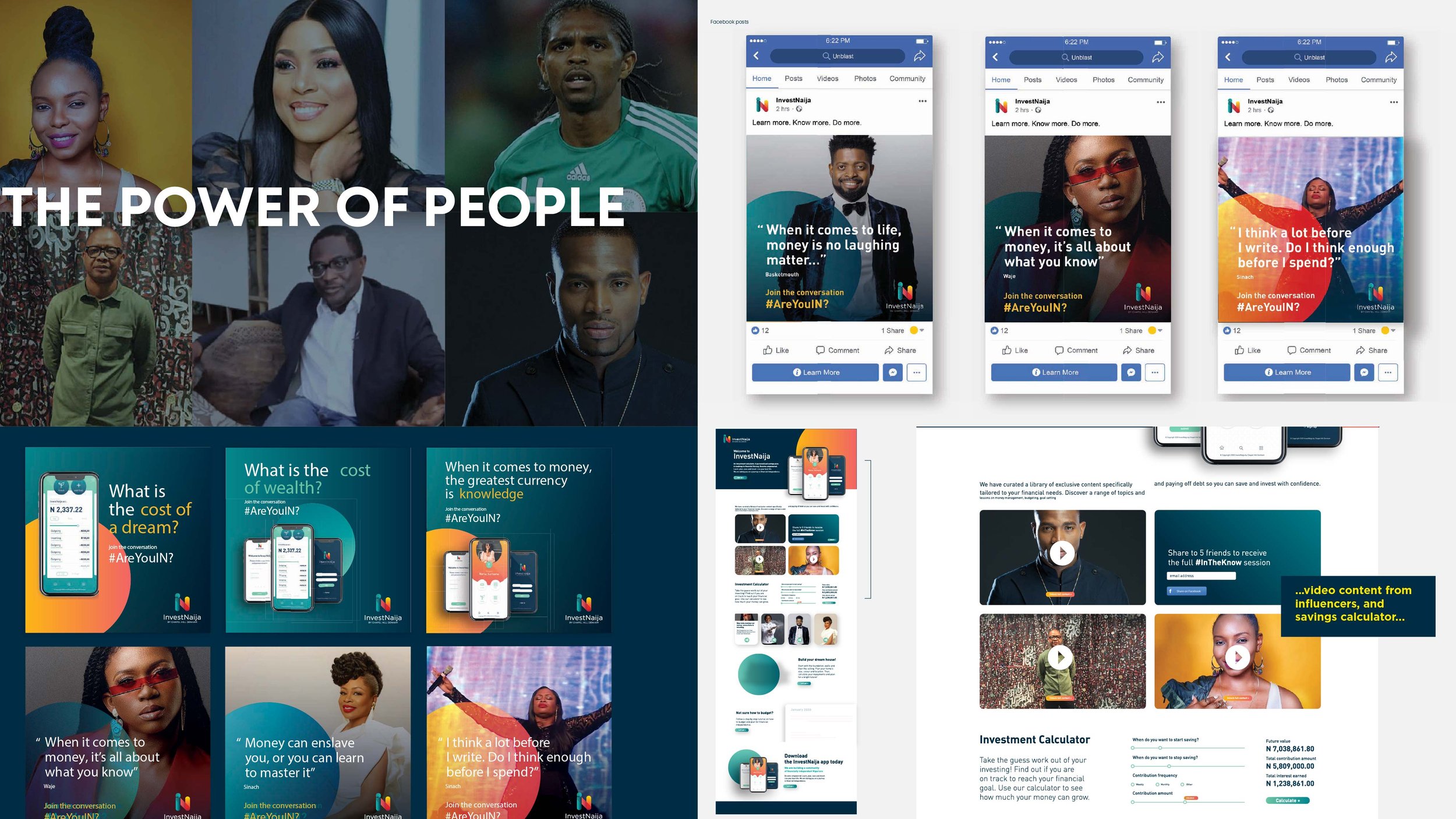The Difference Between Brand Identity, Branding & Brand Image
Introduction
Branding is one of the most misunderstood concepts in marketing. Many people use the terms brand identity, branding, and brand image interchangeably, but they are distinct elements that influence a company’s success. A brand’s strength lies in its ability to align all three components to create a consistent and compelling presence in the market.
This article will break down these three concepts, explaining how they interact and why understanding them is essential for long-term brand success.
What Is Brand Identity?
Brand identity refers to the tangible elements that define how a brand presents itself to the world. These include:
Visual Identity: Logo, colour palette, typography, imagery.
Verbal Identity: Brand name, tagline, messaging style.
Experiential Identity: Customer service, packaging, user experience.
Example: Apple’s sleek design, minimalist packaging, and “Think Different” messaging are all elements of its brand identity
Key Question:
Does your brand identity consistently reflect your company’s values and positioning?
What Is Branding?
Branding is the process of actively shaping a brand’s perception. It involves strategic marketing, storytelling, and engagement efforts to influence how the audience experiences the brand.
Branding includes:
Marketing campaigns & storytelling
Social media presence & content strategy
Brand voice & messaging
Advertising & brand positioning
Example: Nike’s “Just Do It” campaign isn’t just about selling shoes—it’s about inspiring consumers through a motivational brand narrative.
Key Question:
Is your branding strategy effectively reinforcing your brand identity across all channels?
What Is Brand Image?
Brand image is how consumers perceive your brand, based on their experiences, emotions, and associations.
Brand image is influenced by:
Customer experiences & reviews
Public relations & media coverage
Social proof (testimonials, word-of-mouth, influencer endorsements)
Corporate reputation & social responsibility
Example: Tesla’s brand image is associated with innovation and sustainability, even though not all consumers have firsthand experience with its vehicles.
Key Question:
Is your brand image aligned with the identity and message you want to convey?
How Brand Identity, Branding & Brand Image Work Together
A brand’s success depends on its ability to align these three components:
Brand identity is what you create.
Branding is how you communicate it.
Brand image is how it’s perceived by the public.
If any of these are misaligned, a brand can lose credibility and consistency.
Example: Jaguar’s Rebrand
Before: Jaguar was seen as a traditional, outdated luxury brand.
Brand Identity Shift: A sleek, modern visual design with refreshed typography.
Branding Approach: Digital campaigns targeting younger audiences.
Result: Improved brand image, attracting a new generation of luxury car buyers.
🔗 Read more: Jaguar’s Rebranding Strategy
Use our Brand Audit Checklist to evaluate whether your brand identity and brand image are aligned
Conclusion
A brand’s strength lies in the harmony between brand identity, branding, and brand image. Ensuring that all three align will create a cohesive and compelling brand presence that resonates with consumers.
Is your brand identity aligned with your image?
Contact Hitchcock Michalski today to refine your branding strategy and create a lasting impact in your market.
Author Information:
Fiona Hitchcock - Managing Director at Hitchcock Michalski
With 28 years of experience in the print industry, advertising, marketing, and brand strategy, Fiona Hitchcock leads Hitchcock Michalski with a deep understanding of diverse consumer landscapes. A thought leader in brand management, Fiona is dedicated to creating impactful work that resonates with audiences and stands the test of time. Her approach is rooted in integrity, excellence, and creativity, driving her passion for transforming brands and challenging the status quo. Connect with Fiona Hitchcock on LinkedIn


